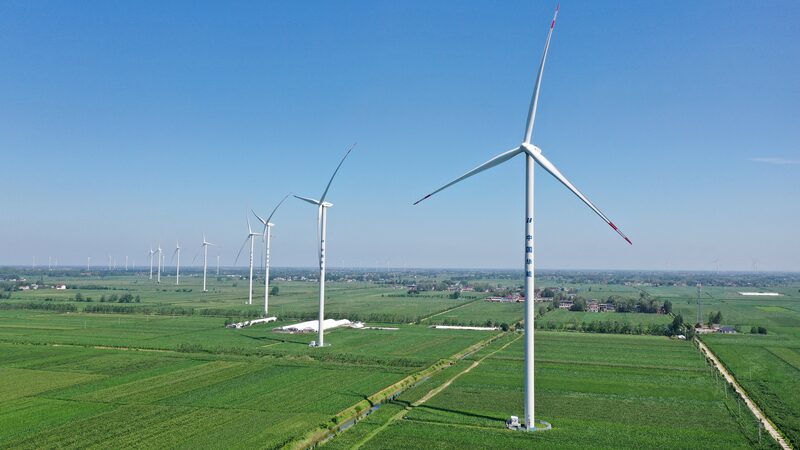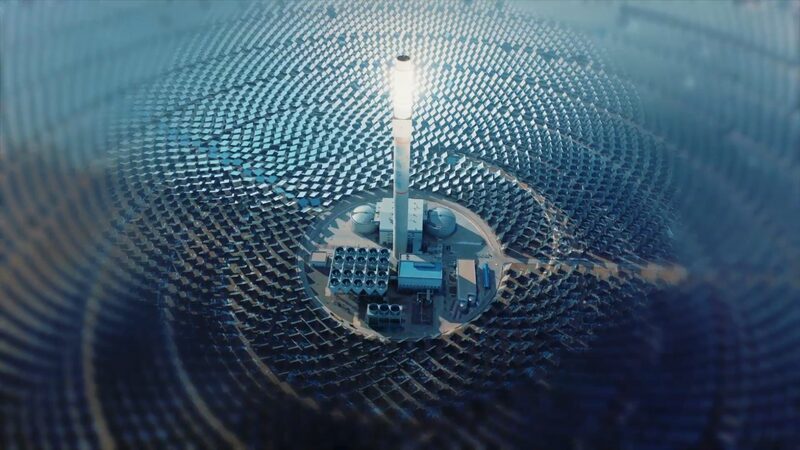Growing up in a remote Peruvian village without electricity, 24-year-old Hernán Castro spent nights studying by candlelight. Today, he’s turning plants into power sources for underserved communities 🌿⚡.
Castro’s invention harnesses energy from plant photosynthesis through bioelectrochemical cells. The system, which he developed using recycled materials, can produce enough electricity to power LED lights for up to 10 hours daily – a potential game-changer for 1.2 billion people worldwide living without reliable energy access.
⚙️ How it works: Microbes in soil break down organic compounds released by plant roots, generating electrons that are captured as electricity. The process is eco-friendly and costs 60% less than solar panels in Castro’s pilot projects.
💬 'This isn’t just about light – it’s about creating opportunities for education, safety, and economic growth,' Castro told NewspaperAmigo.com. His team has already installed prototypes in 15 Amazonian communities, with plans to expand across Latin America.
With climate tech investments surging globally, this #GreenInnovation could help bridge the energy gap while keeping carbon footprints leafy-light 🌍✨.
Reference(s):
Plant-powered light system can illuminate communities in need
cgtn.com








